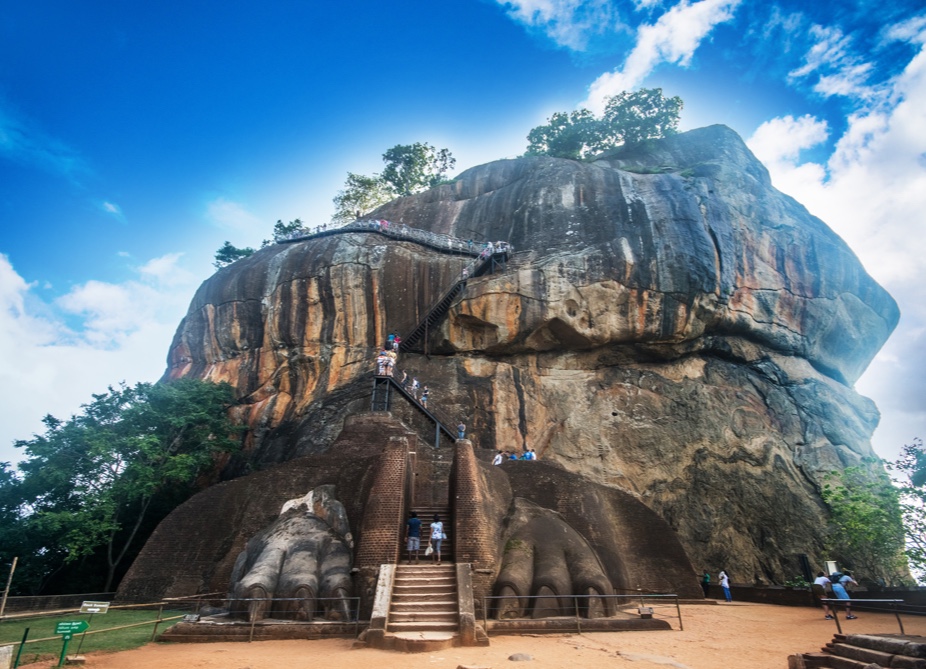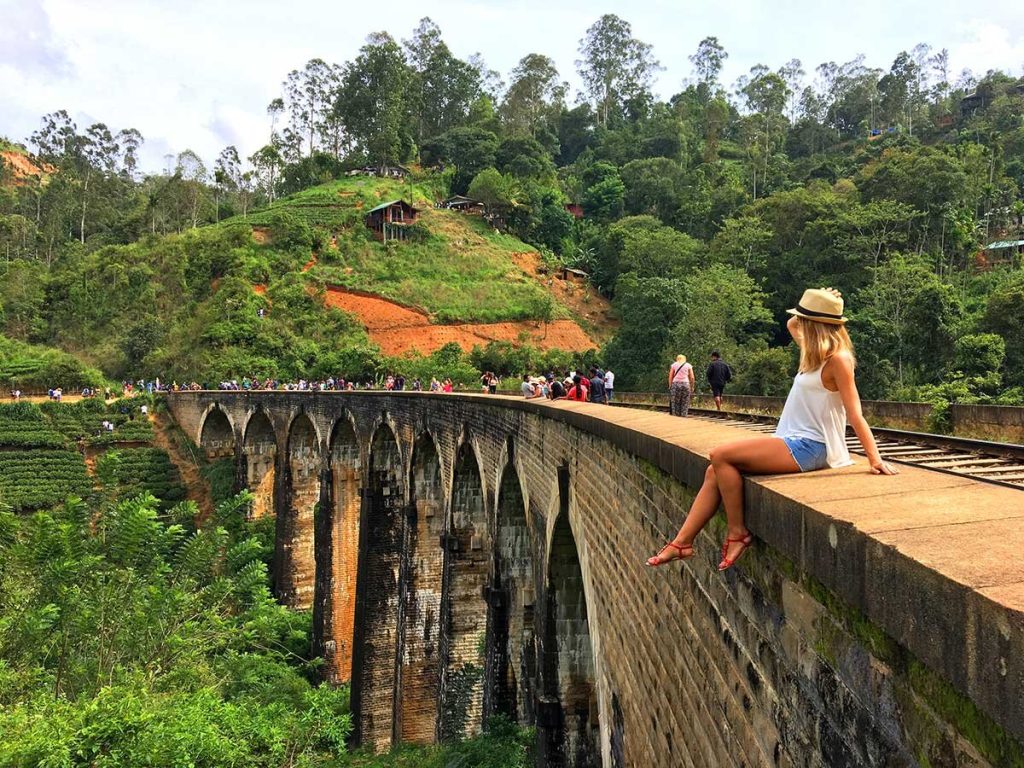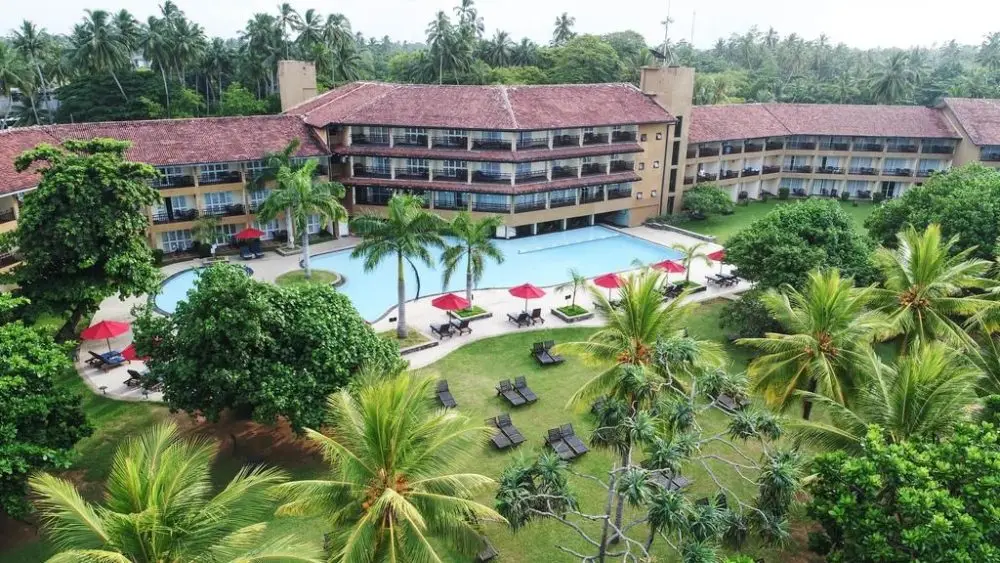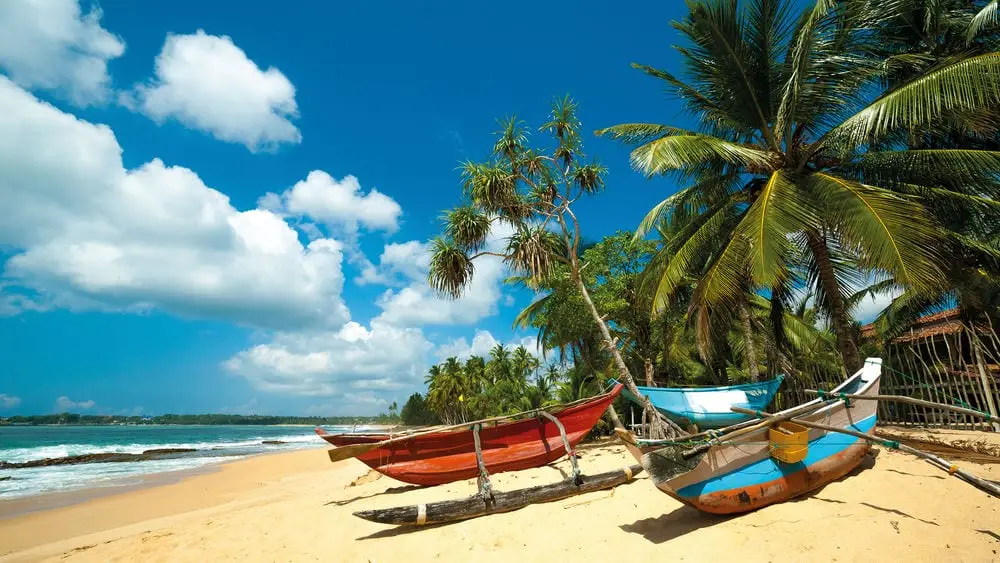The heat of Ceylon is not a privilege. Holidays in Sri Lanka have long gone beyond all-inclusive with a price tag of half your annual income. Where to have an inexpensive holiday in Sri Lanka and still get service with jewellery precision, beaches without crowds and comfort without compromise – the question remains alive and relevant. The answer is in the details. More precisely, in the exact coordinates of budget hotels, verified prices and honest reviews of travellers.
Colombo: the capital for the cost-conscious
Cinnamon Grand Colombo holds a position amongst tourists looking for where to holiday in Sri Lanka cheaply with above average service. The location is in the centre of Colombo, next to Galle Face Green. The cost is from $80, but it drops to $60 for early booking. Given the business class service and reviews above 8.0, the offer is in the top in terms of price-rating ratio.
For an even more economical option, Sevana City Hotel offers accommodation from $25. Rooms are modest but with air conditioning, internet, and daily housekeeping. Tourists note the stability of service and good location near Colombo Fort.
Sigiriya: a glimpse of antiquity from the balcony
 Hotel Sigiriya is the calling card of the centre of the island. Every window has a view of the lion rock. The average price is $55 per night, including breakfast. The rating holds at 8.3. The hotel is used by travellers interested in Ceylon’s history and who appreciate privacy.
Hotel Sigiriya is the calling card of the centre of the island. Every window has a view of the lion rock. The average price is $55 per night, including breakfast. The rating holds at 8.3. The hotel is used by travellers interested in Ceylon’s history and who appreciate privacy.

The neighbouring Sigiriya Village Hotel offers rooms as individual bungalows surrounded by greenery. Prices start from $48. Key advantages are comfort, swimming pool, good marks for cleanliness and atmosphere.
Hikkaduwa: reefs, waves and relaxation
Citrus Hikkaduwa is a stable choice for those looking for where to holiday cheaply in Sri Lanka by the water. Location – first line, the beach is five metres away. Cost – $35-45, including breakfast. Service – without frills, but without failures.
Nearby are dive centres popular with budget travellers. Tourists often choose Citrus for its optimal combination of accommodation and ocean access.
Negombo: arrival and relaxation
Camelot Beach Hotel is a choice often associated with first days on the island. Located 15 minutes from the airport, prices start from $38. The level of comfort is stable, the beach is clean and the service works without failures. Booking directly gives a discount of up to 20%.
Negombo beach isn’t the most spectacular on the island, but it’s ideal for starting your trip and adapting. Reviews emphasise the friendliness of the staff and the tranquil atmosphere.
Ella and Nuwara Eliya: mountain scenarios
Jetwing St Andrew’s in Nuwara Eliya is not just a hotel, but a retro mansion with an English accent. Accommodation starts from $65, including a hearty Victorian breakfast. Comfort meets history, service is precise. Tourists appreciate the authenticity and proximity to tea plantations.
Earl’s Regent Hotel is a modern alternative in Kandy. Prices start from $50. The level of service is above average. Highly rated for cleanliness and spacious rooms with panoramic windows.
Anuradhapura: religion and ruins
Heritage Hotel Anuradhapura offers accommodation from $42, close to the archaeological zone. The location provides convenience to explore the ancient city. Tourists choose the hotel for its spacious rooms, good marks for quietness, breakfast and access to attractions.
Connoisseurs of authentic Ceylon include this hotel in their religious tourism itinerary. Reviews emphasise the balance between value and convenience.
Kalutara: ocean, sand, comfort
The Blue Water is located on the west coast, 1 hour from the capital. Prices start from $60 for advance bookings. Spacious rooms, an expansive pool and walking distance to the beach make the hotel popular with travellers looking to combine budget holidays in Sri Lanka with premium service.
The rating consistently holds at 8.5 and above. Tourists note the ideal location and stable level of service.
Where to holiday cheaply in Sri Lanka – Top 10 proven options
Affordable holidays don’t mean compromises. The selection includes hotels with a good combination of price, comfort and location – from the coast to historic centres.
| Hotel name | City | Price (from, $) | Rating | Features |
| Cinnamon Grand Colombo | Colombo | 60 | 8.1 | Centre, business service |
| Sevana City Hotel | Colombo | 25 | 7.8 | Simple comfort, affordability |
| Hotel Sigiriya | Sigiriya | 55 | 8.3 | Rock view, silence |
| Sigiriya Village Hotel | Sigiriya | 48 | 8.0 | Bungalow, swimming pool |
| Citrus Hikkaduwa | Hikkaduwa | 40 | 8.2 | Beach, reefs |
| Camelot Beach Hotel | Negombo | 38 | 7.9 | Near the airport |
| Jetwing St. Andrew’s | Nuwara Eliya | 65 | 8.4 | Victorian style, history |
| Earl’s Regent Hotel | Kandy | 50 | 8.6 | Panorama, comfort |
| Heritage Hotel Anuradhapura | Anuradhapura | 42 | 8.0 | Archaeology, seclusion |
| The Blue Water | Kalutara | 60 | 8.5 | The beach, the vastness |
Every place on the list has stood the test of time and tourists. There are suitable options for both beach holidays and cultural itineraries.
How to choose: guidelines and criteria
Choosing a holiday destination in Sri Lanka doesn’t require complex analytics – just focus on the main parameters that influence the experience. To understand where to have a cheap holiday in Sri Lanka, it is enough to consider three criteria:
- Placement Price. Comfortable accommodation with a rating of 7.5 and above – from $25 to $60.
- Location. Colombo city centre for urban tasks, the coast for relaxation, the centre of the island for the cultural itinerary.
- Testimonials. Travellers note the importance of reviews on Booking, where ratings of 8.0 and above are more likely to match reality.
For an optimal holiday, it is important to consider not only your budget but also the atmosphere of the area. The fulfilment of expectations and reality often depends on the accuracy of your choice according to these criteria.
When holidays are cheaper and experiences are greater
Experience shows: where to have a cheap holiday in Sri Lanka depends not only on the name of the hotel. The season plays a significant role. From April to June and from September to November there is a reduction in accommodation prices by up to 30%. The reason is the off-season with minimal rainfall and reduced tourist traffic.
Mid-range hotels, such as Citrus Hikkaduwa or Heritage Hotel Anuradhapura, reduce room rates to $30-35 during these months. At the same time, service, comfort and cleanliness remain at the same level. This helps to maintain a balance between the price and the level of accommodation.

In addition, tourists who plan their itinerary in advance get access to booking discounts of up to 40%. According to Booking and Agoda statistics, 90 days before entry, the average room price drops by $10-20. This is true for Jetwing St. Andrew’s, where a standard room is available for $52 instead of $68.
Early ticket searches also offer tangible savings. For example, a Colombo to Kandy domestic flight in November costs $45 instead of $85 in January. Domestic travel is another important element of a budget holiday in Sri Lanka.
How to choose hotels that offer free breakfasts. For example, Earl’s Regent Hotel and Sigiriya Village Hotel include meals in the price. This reduces costs by at least $10 per day while maintaining the same level of service.
Where to holiday cheaply in Sri Lanka: the bottom line
 Where to holiday cheaply in Sri Lanka is not a question of geography, but of strategy. Seasonal discounts, early booking and analysis of reviews help to get a bright holiday without excessive costs. The island does not require a lot of money to present maximum comfort. The important thing is to know where to look.
Where to holiday cheaply in Sri Lanka is not a question of geography, but of strategy. Seasonal discounts, early booking and analysis of reviews help to get a bright holiday without excessive costs. The island does not require a lot of money to present maximum comfort. The important thing is to know where to look.
 en
en  ru
ru  de
de  nl
nl  ar
ar  es
es  fr
fr  hi
hi  it
it  pt
pt  el
el 











